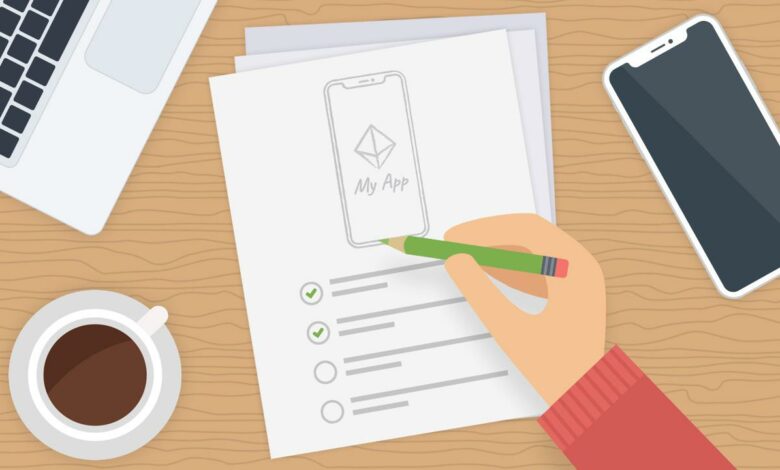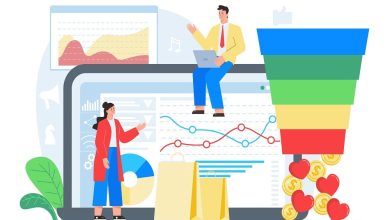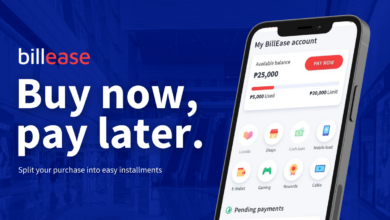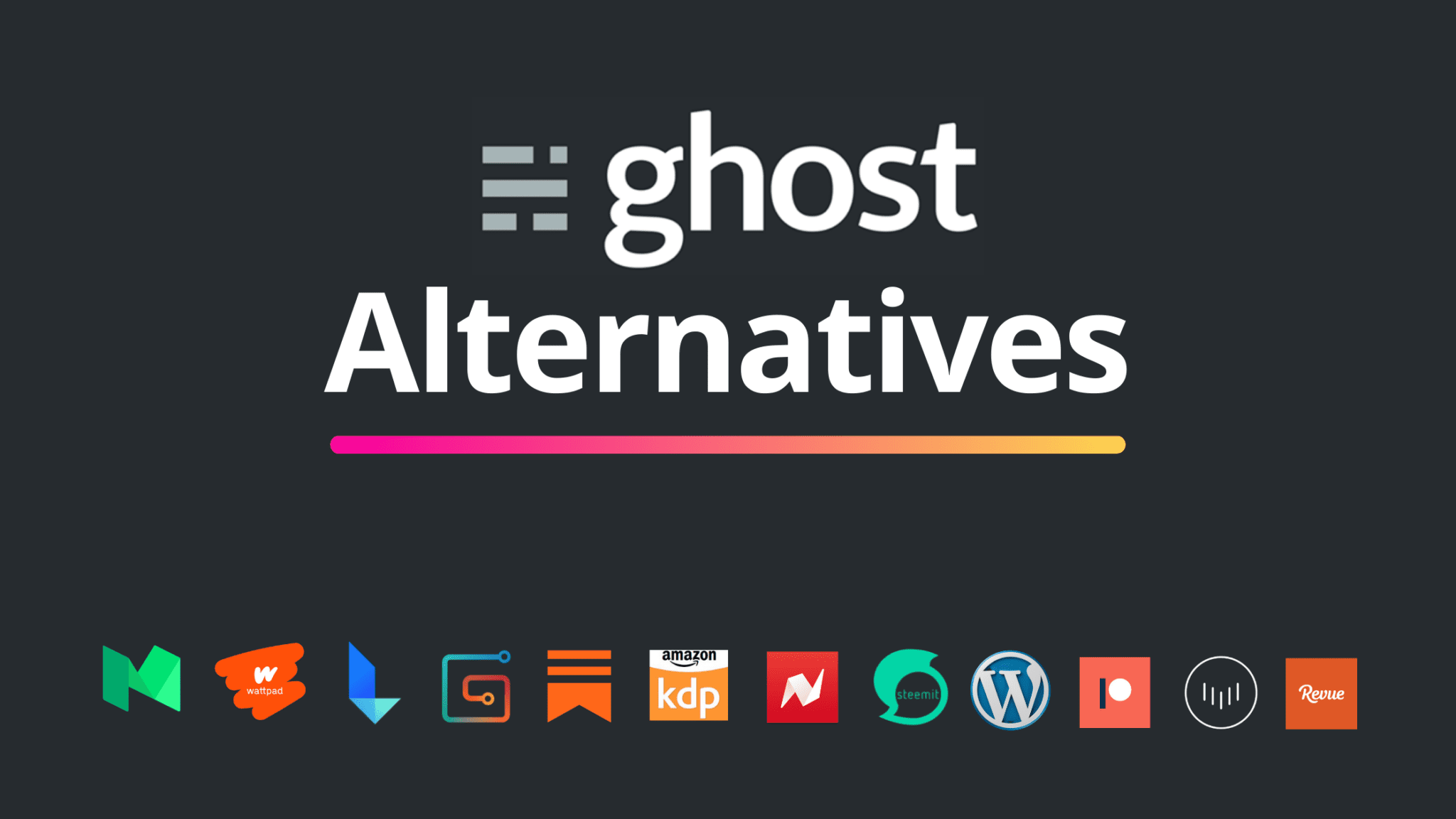How to Design an App without Programming Skills

Programming skills are pretty significant but not a necessity for modern app development. Digital transformation eliminates the strict technical requirements involved in app creation. Modern businesses are embracing the changes and investing greatly to reap the benefits. Low-code software is a magical technology that doesn’t discriminate users by knowledge and skills. Everyone is eligible to utilize Low code for excellent app development.
The digital tool helps companies produce more through fast services delivery. The software turns employees into citizen developers giving everyone a positive impact in their field. Low code also helps create apps through simple visual modelling features within a few hours. This beats the traditional coding norms, where a single code took months to build. Citizen developers can create multiple apps or single app for multiple services. It’s a beneficial tool that favor’s employees, customers and business productivity.
Tips on designing apps without developer or programming skills
Low code is a comprehensive software that provides users with various app features. Individuals without IT can create mobile and business apps using drag and drop features. The user requires a business idea to convert it to a business app.Hereare several tips to help in creating an app without programming skills.
1. Establish your idea and do proper research
To thrive in building a mobile or business app, citizens’ developers need to get an idea. The idea should revolve around the business needs. Ensure to cover all stakeholders needs (customers, employees and entrepreneurs). After getting the idea, conduct research and learn about the market needs. The user should check on the following before developing the app.
- Market competition: learn about other similar apps and add unique qualities to outstand the competitor.
- Establish your audience: age, profession, gender, interests and more.
- Budget: The mobile platform, app development team, and functionality and monetization process determine the budget.
- Deadline: have a deadline date on when to complete the development process.
2. Designing the app
After researching and gathering app and market information, the user needs to design the app to initiate the building process.
- Get a sketch: outline the features you wish to see on the app.
- Wireframing: after sketching and getting the features, now wireframe to get a clear picture.
- Storyboarding is the process by which the user shows the flow from one feature or activity to the other.
However, low code platforms use visual graphics that require dragging and dropping to form an application.
3. Combine the ideas/module
Now the user can build the app based on ideas and design developed earlier. The user should divide the app into different sections to create an effective application. For example, customer data module, sales and marketing module, IT department module, etc. This helps businesses handle each department individually but under a single app.
4. Testing stage
Once the building process is complete, the business user should test the applications. Try with a few audience or customers to get genuine feedback for better results. If any error arises, ensure to solve it instantly. Repeat the testing process to get reviews on the changes you made.
5. Launching the app
Now you can officially launch the app to serve its business purpose. The user should leave room for modification or addition since business ideas evolve daily. Businesses using low code development software can easily modify their apps without distracting their business operations.



